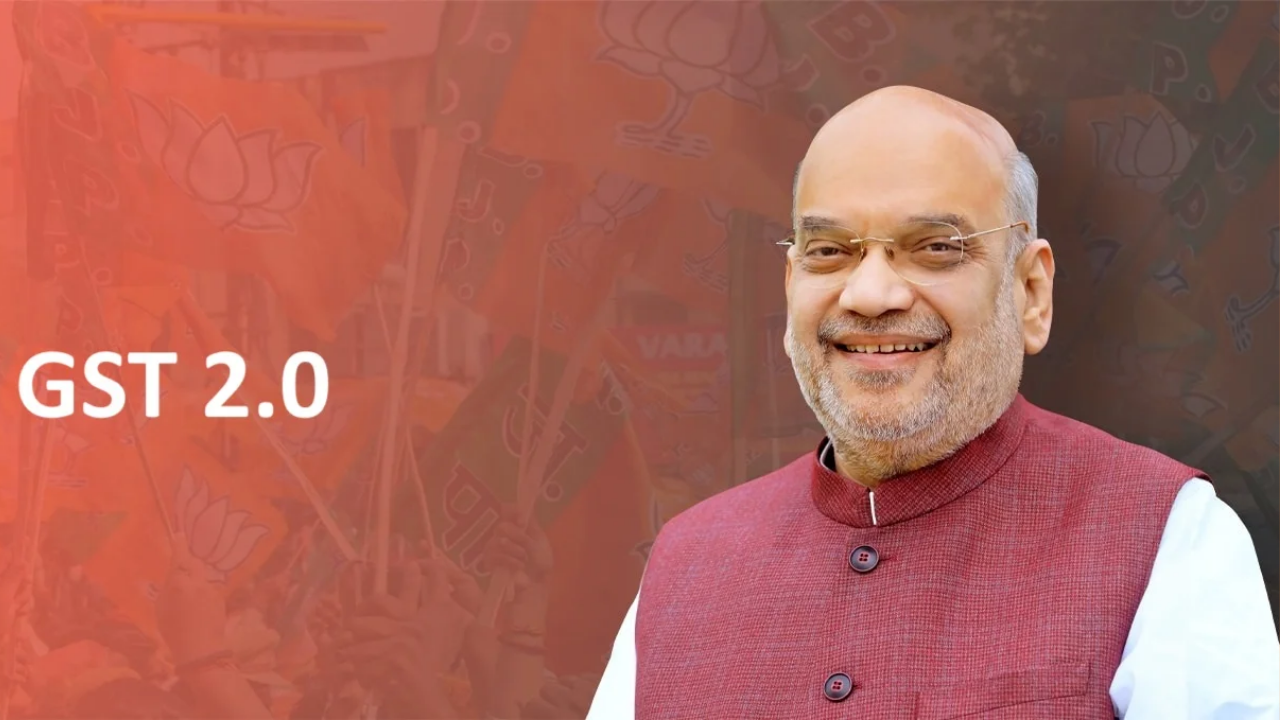Home Minister Amit Shah has announced that India is on the cusp of a significant overhaul of its Goods and Services Tax (GST) system, signaling the advent of what’s being dubbed “GST 2.0.” This next phase aims to refine the existing tax structure, which was introduced in July 2017 to unify India’s fragmented indirect tax landscape.
What’s Driving “GST 2.0”?
Shah highlighted the success of the initial GST implementation, noting how it replaced nearly 16 separate taxes and cesses and fostered manufacturing growth in states previously lagging behind. However, despite improved revenue collections—monthly GST revenues hit ₹1.73 lakh crore in May 2024—the system has faced criticism for not fully delivering on its promise of simplification and inclusivity.
The government believes that after resolving initial “teething problems,” GST is now ready for its next evolutionary stage. “Following all stakeholder discussions, we are now ready for the next stage of GST reforms,” Shah told The Economic Times.
Key Areas of Reform in “GST 2.0”
While the full scope of “GST 2.0” is yet to be unveiled, several critical areas are expected to be addressed:
- Rate Rationalization: A major focus will likely be on simplifying the existing multi-tier GST rate structure (5%, 12%, 18%, 28%). The goal is to streamline rates, reduce complexity, and potentially boost consumption.
- Tax Relief on Insurance Premiums: A long-standing demand, discussions are expected around reducing or withdrawing GST on life and health insurance premiums. Union Minister Nitin Gadkari has vocally argued that taxing these premiums, especially for socially necessary covers like health insurance, deters people from securing essential protection.
- Simplifying Compliance: Efforts will likely be made to further ease the compliance burden for businesses, potentially through unified return filing and more streamlined input tax credit processes.
- Addressing Industry-Specific Concerns: The reforms are expected to tackle specific issues raised by various sectors, such as the classification of goods and services, to minimize ambiguities and disputes.
What’s Next?
While the dates for the next GST Council meeting are still pending, reports suggest that the critical issue of tax relief on life and health insurance premiums, which was not addressed in the December 2024 meeting, may finally be on the agenda.
“GST 2.0” represents the government’s commitment to continuously evolve and improve India’s indirect tax system, aiming for greater efficiency, fairness, and ease of doing business.
